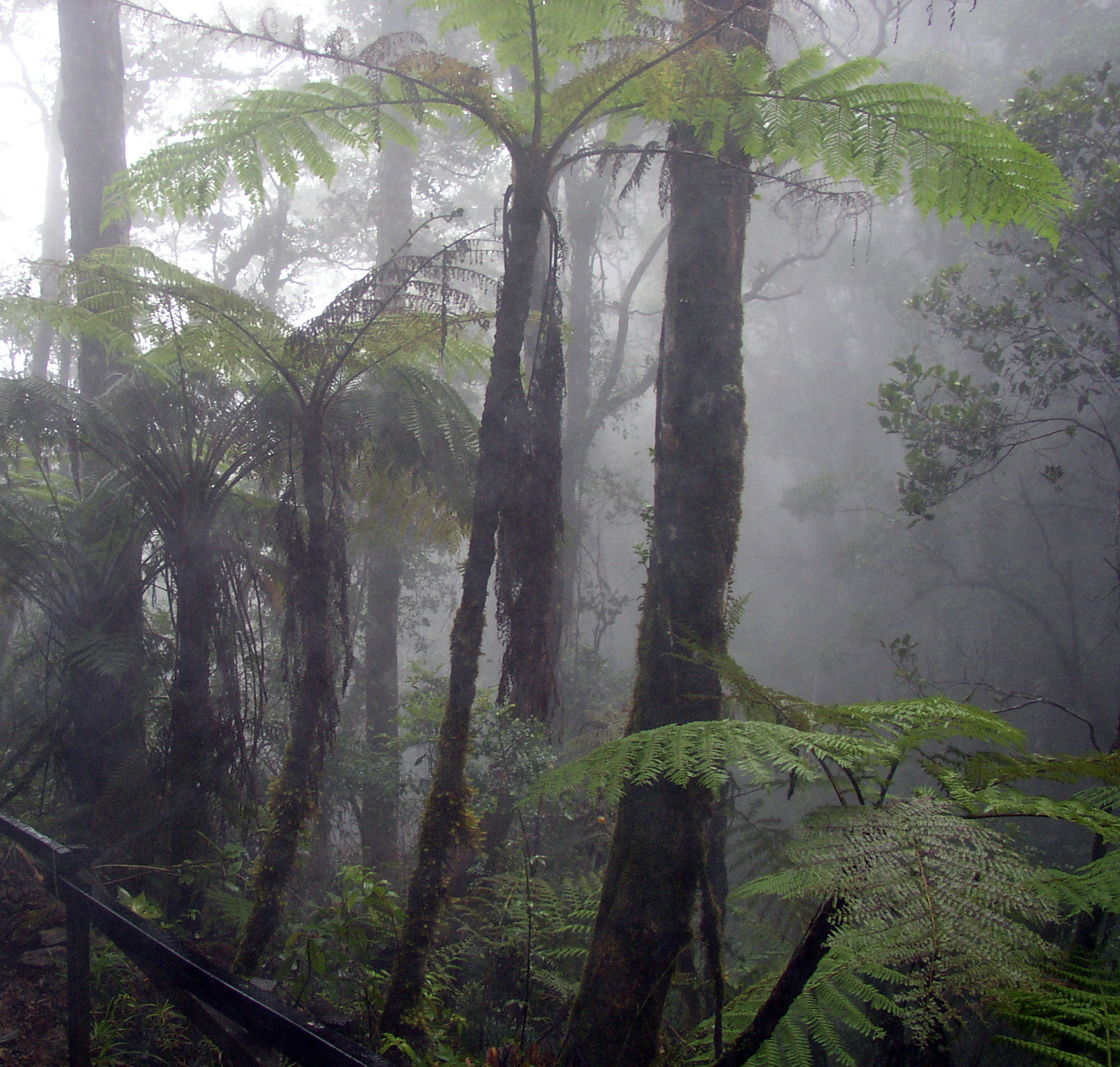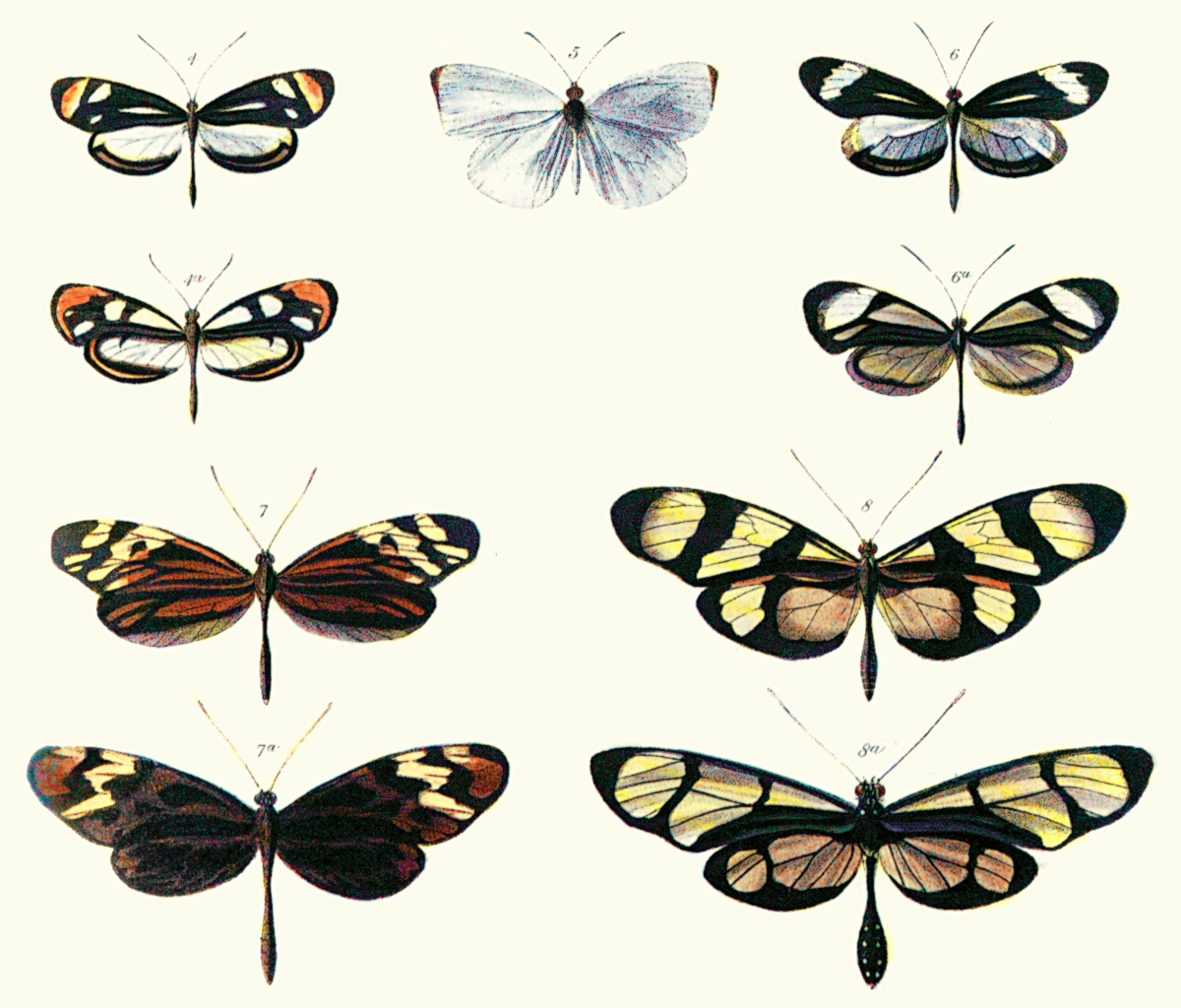|
Imara Pallasia
''Imara pallasia'' is a moth in the Castniidae family. It is found in south-eastern Brazil. It is found along cloud forests. Adults have been observed hill-topping with several ''Morpho'' and Nymphalidae species. It is thought to be a mimic of ''Parides ascanius ''Parides ascanius'', the Fluminense swallowtail, is a species of butterfly in the family Papilionidae. It is endemic to Brazil where it is confined to the municipalities of Atafona (São João da Barra) and Itaguaí. Description ''Parides asca ...''. References Moths described in 1821 Castniidae {{Castniidae-stub ... [...More Info...] [...Related Items...] OR: [Wikipedia] [Google] [Baidu] |
Johann Friedrich Von Eschscholtz
Johann Friedrich Gustav von Eschscholtz (1 November 1793 – 7 May 1831)Sterling (1997) was a Baltic German physician, naturalist, and entomologist. He was one of the earliest scientific explorers of the Pacific region, making significant collections of flora and fauna in Alaska, California, and Hawaii. Biography Eschscholtz was born in the Livonians, Livonian city of Tartu, Dorpat, then part of the Russian Empire. His parents, Johann Gottfried and Katherine Hedwig Ziegler Eschscholtz were ethnic Baltic Germans. He studied medicine and zoology at the University of Tartu, University of Dorpat and served as an assistant to Carl Friedrich von Ledebour, a professor of botany.McKelvey Eschscholtz received a medical degree in 1815. First voyage On the recommendation of Ledebour, Eschscholtz served as surgeon and naturalist on the Russian expeditionary ship ''Rurik'' under the command of Otto von Kotzebue.Daum (2019) From 1815 to 1818 the expedition circumnavigated the globe for the pur ... [...More Info...] [...Related Items...] OR: [Wikipedia] [Google] [Baidu] |
Moth
Moths are a paraphyletic group of insects that includes all members of the order Lepidoptera that are not butterflies, with moths making up the vast majority of the order. There are thought to be approximately 160,000 species of moth, many of which have yet to be described. Most species of moth are nocturnal, but there are also crepuscular and diurnal species. Differences between butterflies and moths While the butterflies form a monophyletic group, the moths, comprising the rest of the Lepidoptera, do not. Many attempts have been made to group the superfamilies of the Lepidoptera into natural groups, most of which fail because one of the two groups is not monophyletic: Microlepidoptera and Macrolepidoptera, Heterocera and Rhopalocera, Jugatae and Frenatae, Monotrysia and Ditrysia.Scoble, MJ 1995. The Lepidoptera: Form, function and diversity. Oxford, UK: Oxford University Press; 404 p. Although the rules for distinguishing moths from butterflies are not well est ... [...More Info...] [...Related Items...] OR: [Wikipedia] [Google] [Baidu] |
Castniidae
Castniidae, or castniid moths, is a small family of moths with fewer than 200 species: The majority are Neotropical with some in Australia and a few in south-east Asia. These are medium-sized to very large moths, usually with drab, cryptically-marked forewings and brightly coloured hindwings. They have clubbed antennae and are day flying, and are often mistaken for butterflies. Indeed, some previous classification systems placed this family within the butterflies or skippers. The Neotropical species are commonly known as giant butterfly-moths, the Australian and Asian species as sun moths. The larvae are internal feeders, often on roots of epiphytes or on monocotyledons.184-188). Taxonomy Subfamily Castniinae *Tribe Castniini **'' Amauta'' **'' Athis'' **'' Castnia'' **'' Castniomera'' **'' Corybantes'' **''Eupalamides'' **''Feschaeria'' **'' Geyeria'' **'' Haemonides'' **'' Hista'' **'' Imara'' **''Insigniocastnia'' **''Ircila'' **''Lapaeumides'' **''Spilopastes'' **''Synpa ... [...More Info...] [...Related Items...] OR: [Wikipedia] [Google] [Baidu] |
Brazil
Brazil ( pt, Brasil; ), officially the Federative Republic of Brazil (Portuguese: ), is the largest country in both South America and Latin America. At and with over 217 million people, Brazil is the world's fifth-largest country by area and the seventh most populous. Its capital is Brasília, and its most populous city is São Paulo. The federation is composed of the union of the 26 states and the Federal District. It is the largest country to have Portuguese as an official language and the only one in the Americas; one of the most multicultural and ethnically diverse nations, due to over a century of mass immigration from around the world; and the most populous Roman Catholic-majority country. Bounded by the Atlantic Ocean on the east, Brazil has a coastline of . It borders all other countries and territories in South America except Ecuador and Chile and covers roughly half of the continent's land area. Its Amazon basin includes a vast tropical forest, ho ... [...More Info...] [...Related Items...] OR: [Wikipedia] [Google] [Baidu] |
Cloud Forest
A cloud forest, also called a water forest, primas forest, or tropical montane cloud forest (TMCF), is a generally tropical or subtropical, evergreen, montane, moist forest characterized by a persistent, frequent or seasonal low-level cloud cover, usually at the canopy level, formally described in the '' International Cloud Atlas'' (2017) as silvagenitus. Cloud forests often exhibit an abundance of mosses covering the ground and vegetation, in which case they are also referred to as mossy forests. Mossy forests usually develop on the saddles of mountains, where moisture introduced by settling clouds is more effectively retained. Cloud forests are among the most biodiversity rich ecosystems in the world with a large amount of species directly or indirectly depending on them. Other moss forests include black spruce/ feathermoss climax forest, with a moderately dense canopy and a forest floor of feathermosses including '' Hylocomium splendens'', '' Pleurozium schreberi'' a ... [...More Info...] [...Related Items...] OR: [Wikipedia] [Google] [Baidu] |
Hill-topping (biology)
Hill-topping (more often spelt hilltopping) is a mate-location behaviour seen in many insects including butterflies, dragonflies, bumblebees, wasps, beetles and flies. Males of many butterfly species may be found flying up to and staying on a hilltop - for days on end if necessary. Females, desirous of mating, fly up the hill. Males dash around the top, competing for the best part of the area - usually the very top; as the male with the best territory at the top of the hill would have the best chance of mating with the occasional female, who knows the "top male" must be strong and thus genetically fit. Many authors consider this as a form of lekking behaviour. Many butterfly species including swallowtails, nymphalids, metal-marks and lycaenids are known to hill-top. In some ''Acraea'' butterflies, widespread infection by ''Wolbachia ''Wolbachia'' is a genus of intracellular bacteria that infects mainly arthropod species, including a high proportion of insects, and also ... [...More Info...] [...Related Items...] OR: [Wikipedia] [Google] [Baidu] |
Morpho (genus)
The morpho butterflies comprise many species of Neotropical butterfly under the genus ''Morpho''. This genus includes more than 29 accepted species and 147 accepted subspecies, found mostly in South America, Mexico, and Central America. ''Morpho'' wingspans range from for '' M. rhodopteron'' to for ''M. hecuba'', the imposing sunset morpho. The name ''morpho'', meaning "changed" or "modified", is also an epithet. Blue morphos are severely threatened by the deforestation of tropical forests and habitat fragmentation. Humans provide a direct threat to this spectacular creature because their beauty attracts artists and collectors from all over the globe who wish to capture and display them. Aside from humans, birds like the jacamar and flycatcher are the adult butterfly’s natural predators. Taxonomy and nomenclature Many names attach to the genus ''Morpho''. The genus has also been divided into subgenera. Hundreds of form, variety, and aberration names are used among ''Morp ... [...More Info...] [...Related Items...] OR: [Wikipedia] [Google] [Baidu] |
Nymphalidae
The Nymphalidae are the largest family of butterflies, with more than 6,000 species distributed throughout most of the world. Belonging to the superfamily Papilionoidea, they are usually medium-sized to large butterflies. Most species have a reduced pair of forelegs and many hold their colourful wings flat when resting. They are also called brush-footed butterflies or four-footed butterflies, because they are known to stand on only four legs while the other two are curled up; in some species, these forelegs have a brush-like set of hairs, which gives this family its other common name. Many species are brightly coloured and include popular species such as the emperors, monarch butterfly, admirals, tortoiseshells, and fritillaries. However, the under wings are, in contrast, often dull and in some species look remarkably like dead leaves, or are much paler, producing a cryptic effect that helps the butterflies blend into their surroundings. Nomenclature Rafinesque introduced th ... [...More Info...] [...Related Items...] OR: [Wikipedia] [Google] [Baidu] |
Mimicry
In evolutionary biology, mimicry is an evolved resemblance between an organism and another object, often an organism of another species. Mimicry may evolve between different species, or between individuals of the same species. Often, mimicry functions to protect a species from predators, making it an anti-predator adaptation. Mimicry evolves if a receiver (such as a predator) perceives the similarity between a mimic (the organism that has a resemblance) and a model (the organism it resembles) and as a result changes its behaviour in a way that provides a selective advantage to the mimic. The resemblances that evolve in mimicry can be visual, acoustic, chemical, tactile, or electric, or combinations of these sensory modalities. Mimicry may be to the advantage of both organisms that share a resemblance, in which case it is a form of mutualism; or mimicry can be to the detriment of one, making it parasitic or competitive. The evolutionary convergence between groups is driven b ... [...More Info...] [...Related Items...] OR: [Wikipedia] [Google] [Baidu] |
Parides Ascanius
''Parides ascanius'', the Fluminense swallowtail, is a species of butterfly in the family Papilionidae. It is endemic to Brazil where it is confined to the municipalities of Atafona (São João da Barra) and Itaguaí. Description ''Parides ascanius'' has a spatulate tail. The two sexes are similar. The male has on the hindwing a hindmarginal fold, covered with white wool. A broad white band traverses both wings; on the hindwing it is more or less red. The larva is light brown, and bears pointed tubercles on all the segments. A full description is provided by Rothschild, W. and Jordan, K. (1906) Biology ''Parides ascanius'' larvae are found from October to April, feeding only on ''Aristolochia'' ''macroura'' in its preferred wetland habitats. Adults fly all year. The favourite flower of the nectar feeding adults is ''Lantana camara'' (Verbenaceae) Taxonomy ''Parides ascanius'' is a member of the ''ascanius'' species groupRacheli, Tommaso an Olmisani. Luca 1998. A cladistic a ... [...More Info...] [...Related Items...] OR: [Wikipedia] [Google] [Baidu] |
Moths Described In 1821
Moths are a paraphyletic group of insects that includes all members of the order Lepidoptera that are not butterflies, with moths making up the vast majority of the order. There are thought to be approximately 160,000 species of moth, many of which have yet to be described. Most species of moth are nocturnal, but there are also crepuscular and diurnal species. Differences between butterflies and moths While the butterflies form a monophyletic group, the moths, comprising the rest of the Lepidoptera, do not. Many attempts have been made to group the superfamilies of the Lepidoptera into natural groups, most of which fail because one of the two groups is not monophyletic: Microlepidoptera and Macrolepidoptera, Heterocera and Rhopalocera, Jugatae and Frenatae, Monotrysia and Ditrysia.Scoble, MJ 1995. The Lepidoptera: Form, function and diversity. Oxford, UK: Oxford University Press; 404 p. Although the rules for distinguishing moths from butterflies are not well establ ... [...More Info...] [...Related Items...] OR: [Wikipedia] [Google] [Baidu] |




.jpg)

